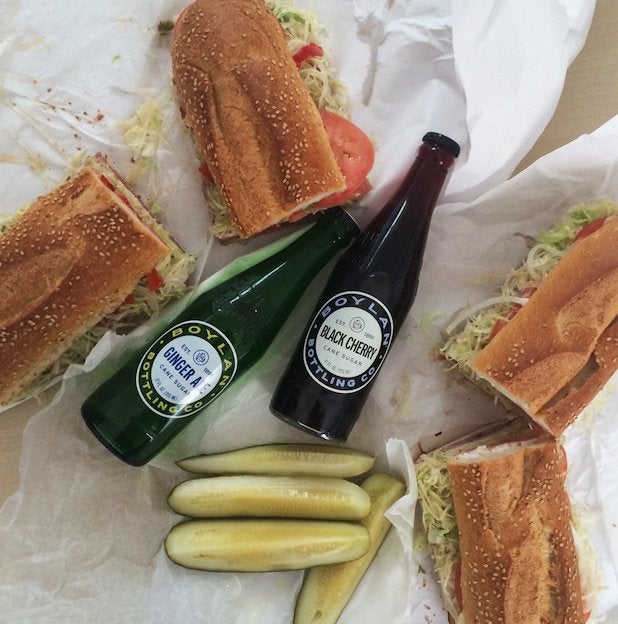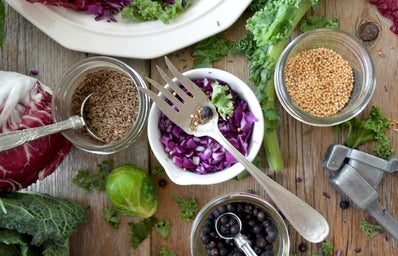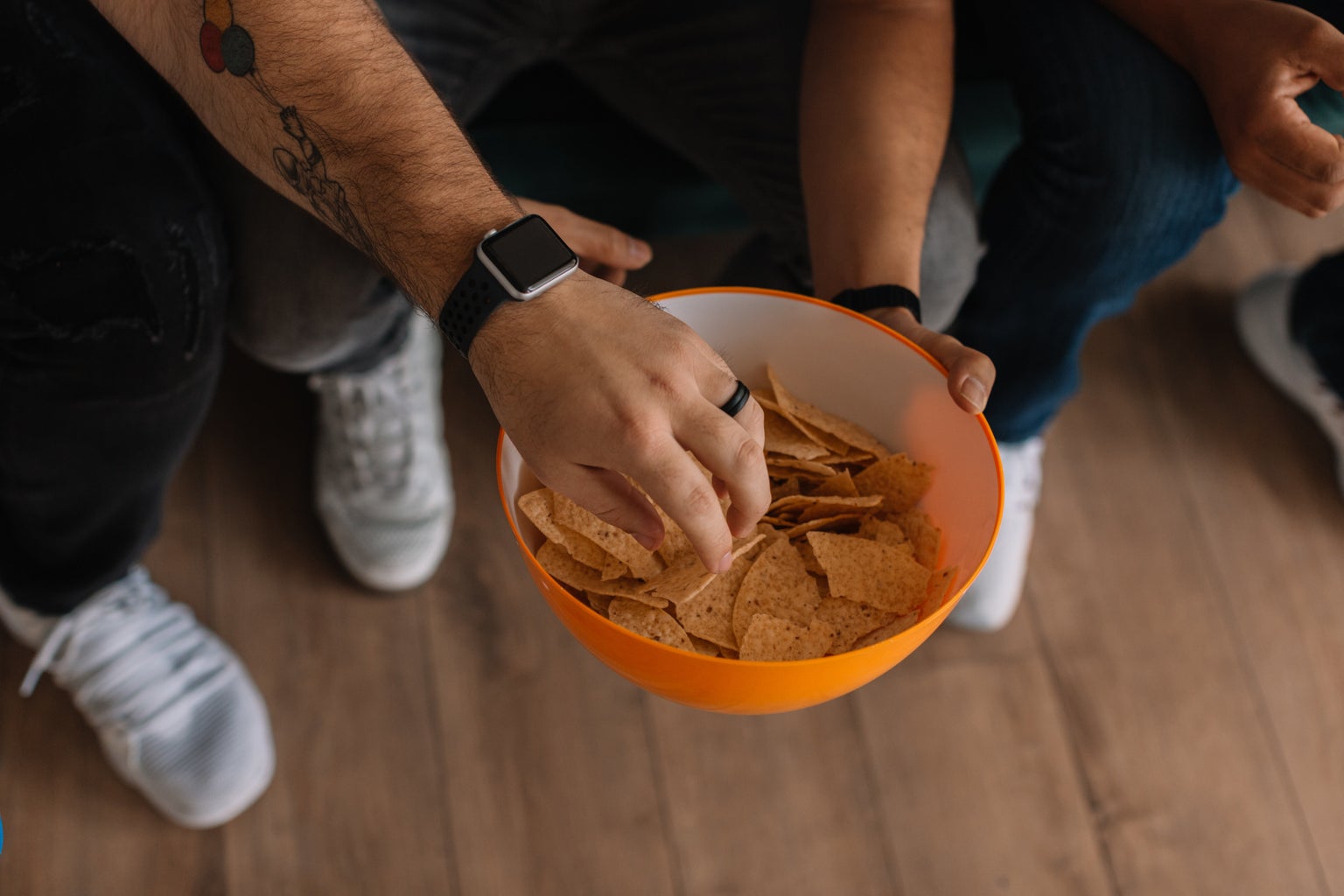Mexican food is one of the most popular cuisines in the entire world, from tacos to tamales, it’s no secret that a good Mexican meal is beloved by many. Not only are these dishes delicious, they are also vital to the history and culture of Mexico. In fact, Mexican cuisine is one of only two cuisines protected by UNESCO. UNESCO is funded by the United Nations to fund education, research, and to protect cultures around the world. According to UNESCO, Mexican cuisine requires a certain level of cultural heritage and knowledge to be truly grasped. Part of this reasoning is due to the fact that Mexican food is incredibly old; some recipes such as the one of Mole, a traditional Mexican sauce, dates back 300 years, and Tortillas date back to 10,000 years. Even basic ingredients such as chocolate, tomatoes and others are native to Mexico though they might have been popularized by other cultures. All of these reasons make it very easy to understand why Mexicans are so proud and protective of our cuisine.
So to celebrate my heritage and give more insight into the beauty that is Mexican food, I have decided to ask my family for their favorite Mexican dishes so that I can not only explain them but give some insight to the history of the meal.
My Pick: Tortillas
Listen, I know that Tortillas aren’t a dish, but if I truly had to choose one Mexican food to call my favorite, Tortillas win by a long shot. Not only are they delicious on their own, but they are also the base of many Mexican foods and can be paired with many other meals. I seriously can’t even eat certain meals if I don’t have a Tortilla to go with it. Tortillas can either be made from corn flour, which makes corn tortillas, or all purpose flour and lard, which makes flour tortillas. Corn tortillas are usually used for tacos and enchiladas, while flour tortillas are more often used for burritos and quesadillas. Either way, they are delicious and sometimes vital to a meal.
Like previously stated, Tortillas go way back–around 10,000 years, in fact. Their name comes from the Spanish word “tort” which means “cake” and first appeared in documentation around the mid-1600s. However, it is believed that tortillas were developed by the Aztecs and Mayans around approximately 10,000 B.C.E. Tortillas were either eaten raw, used for dipping, or stuffed with beans, meat and other ingredients. It is even believed that tortillas were the main source of energy for the Aztecs and Mayans. This is because corn, or maize, was first domesticated by these groups and were abundant in Mesoamerica.
Tortillas are mostly made by machines nowadays by virtue of the rise of Mexican restaurants and high demand of tortillas in the United States, but the traditional process of making tortillas is still used by many. Tortillas were traditionally made via a process called nixtamalization: soaking the maize in a solution that contained lime and water. This process removed the skin of the kernels and allowed them to be ground into a dough. Then this dough, which was called Masa, was then divided into golf ball-sized portions which would then be pat into circles or pressed by a tortilladora, a traditional tortilla press, then placed on a hot grill and cooked. I’m so thankful that I was taught how to make tortillas and will always make sure that this tradition is never forgotten.
Dad’s Pick: Enchiladas
If you have ever been to a Mexican restaurant, you have definitely either seen or eaten enchiladas. This delicious meal is one of the most popular Mexican foods due to their ability to be customized exactly to one’s liking and the multiple different ways they can be prepared. Enchiladas are usually made by wrapping up meat, cheese or vegetables in a tortilla covered in chili sauce and baked. The chili sauce is the most important part; Enchilada literally means “in chili.”
Enchiladas are also incredibly old, its roots dating back to the Aztecs and Mayans again. Like mentioned in the Tortilla section, this was when wrapping foods in tortillas was invented. In fact, the first ever “enchilada” was when the Mayans would wrap fish in tortillas. Another popular Mayan dish, Papadzules, involved pumpkin seeds with a boiled egg smothered in tomato sauce, and is said to be extremely similar to enchiladas. By the time of the Spanish conquest, enchiladas were so popular that in the book “Historia verdadera de la conquista de la Nueva España” by Bernal Díaz del Castillo, a Spanish Conquistador, he recounts the Spaniards’ first time having enchiladas. According to Diaz, the Spaniards favored many Aztec and Mayan dishes but took a particular liking to enchiladas. This led the Spaniards to eventually change up the enchiladas and use ingredients such as pork, cheese, chicken, and spicy sauces instead of chili paste. The Spaniards are actually the ones that named it enchiladas; previously they had been called tlaxcalli by the Mayans and Aztecs.
Enchiladas are key to Mexican cuisine and have been loved for centuries. They have come a long way from just being wrapped up fish dipped in chili to the beloved food we have today. I personally really love cheese enchiladas and think that they are one of the best meals one can ever have.
Mom’s Pick: Chicharrones
Chicharrones are one of the most popular Mexican snacks even today. Many people know them as pork cracklings or pork rinds. In Mexico, chicharrones are highly valued due to the fact that they can accompany many different meals and salsas. Recipes throughout Mexico use chicharrones in many different ways and styles, making it one of the most versatile ingredients in all of Mexico. There are two main ways that chicharrones can be prepared–normal or pressed–and there is also the more traditional pure meat crackling or the deep fried pork skin. Either way, chicharrones have been loved in Mexico for centuries, adding a nice flavor to other meals.
The history of chicharrones is somewhat unknown with many different stories about their creation. One thing that is known for certain is that they were first invented in Spain, sometime in the 1500s. The most popular story is that a Spanish farmer discovered them after one of his hogs scratched itself on a tree, rubbing off some of its skin. After a couple of hours, the hot sun had cooked the skin, giving off a delicious aroma that smelled like bacon, intriguing the farmer. The farmer then ate the skin and loved how it tasted and decided to try to cook more. Then when the Spanish conquest happened, the Spaniards brought over to Mexico chicharrones and the practice of how to make them, and the locals were hooked. Now it continues to be eaten throughout all 32 states of Mexico.
Chicharrones became extremely popular in the United States after President George H.W. Bush announced that it was his favorite snack. After that, chicharrones exploded in popularity and became a fan favorite due to their gluten-free makeup and low carb count, making them a great alternative to potato chips. Now you can enjoy them as delicious snacks or you can find somewhere that makes them pressed, which is a less crunchy, more salty way to enjoy pork skin.
Sister #1 Pick: Tortas
Tortas are simply the Mexican version of a worldwide meal: bread split sideways filled with meats, cheese and other ingredients to the consumers’ liking. This staple of meals is eaten differently around the world, but Mexico’s version has been loved by Mexico’s inhabitants for as long as anyone can remember. Tortas, like enchiladas, are greatly loved because they are entirely customizable by the eater–everything from type of bread, to meat, to cheese, and anything else they might want to add. Tortas are so famous in Mexico that El Chavo del Ocho, the main character of one of Mexico’s most popular sitcoms, is constantly craving a torta and always thinking about the next time he can get one.
There are two stories that are most agreed upon when it comes to the invention of tortas. One is that a man of the name Armando Martínez Centurión was living in Mexico City in 1892 decided to sell bread stuffed with whatever fillings he had available. The food became a massive hit with the public and soon Mr. Martínez’s tortería (torta place) was opened. To this day, the torteria continues to be open for all torta lovers to visit. The other story is that the torta was invented in Puebla, a south-central city in Mexico sometime before the Mexican-American war of 1846-1848. During the war, many people in Mexico lived hand-to-mouth and tortas were fairly cheap and easy to make and easily carried.

Whatever story that you wish to believe is entirely up to you, but one thing will always be agreed upon and that is that tortas are a very important part of Mexican cuisine. The bread is usually considered the most crucial part; it is what sets a torta apart from other similar meals like hoagies or other sandwiches. Tortas are traditionally made with a bread called Telera, which is historically like a wheat roll first used in southern Spain and then adopted by Mexico. The bread is oval in shape and has two incisions at the top, creating three sectionsf. There are regional variations of the torta, like the torta cubana, which features roasted pork with cheese, mustard and pickles. Or the torta ahogada which is drowned in tomato sauce and red chili sauce. Whatever your taste is, there is most likely a torta for you!
Brother’s Pick: Tamales
Tamales, like tortillas, are very old, corn based, foods that were extremely popular in Mesoamerica. Tamales were very easy to make and required only ingredients that were abundant in the Aztec and Mayan empires such as corn, leaves, and meat. Tamales were traditionally unique to the person or family that made them, each family adding in their own twist. Pork tamales with red chili is the most recognized version of tamales, but there are many different fillings that are put into tamales.
The history of tamales dates back to 8000 B.C.E. when they were invented for Aztec warriors to take into battle because they were easily transported and protein-rich. Hunters would also take them during long hunts because they could take multiple without them taking up much space. Traditionally, women would make the tamales and they were a very vital part of their daily routine and also held religious traditions. Originally, the women would wrap the masa with the fillings they desired in corn husks or banana leaves–the Nahuatl word for wrapped “tamalli” gives tamales their name–and then cook over hot ashes buried in the fire. After the Spanish conquest when the Spaniards brought over pots, the women began to use them to steam the husks. The Spanish also introduced the Aztec to different spices and ingredients that were also later added to the tamales.
Tamales continued to be a key part of a Mexican diet, being introduced in the United States when Mexican migrant workers brought them across the border when they would work American fields. By the 1870s, Los Angeles was filled with many different street vendors selling tamales and in Mississippi they became such a major part of African-American culture that even jazz songs were inspired by the meal. Now, tamales are known as a food that brings together many different cultures and people and continue to be an important part of Mexican cuisine. During Christmas, millions of tamales are made by Mexican families as a tradition to celebrate the holiday and it is this tradition that teaches the next generation how to make them so that tamales will never be forgotten.
Sister #2 Pick: Tostadas
Tostadas come from the spanish word for “toasted,” and true to their name, as they’re made using a toasted tortilla topped with beans, cheese and whatever other toppings one wants. Tostadas are easy to make and are perfect when you have lots of leftovers you need to use. Tostadas, once again, are incredibly old food that were eaten by the Aztecs and continue to be loved by Mexicans and other Latinos.
Tostadas get their origins around the same time as tortillas because they were made to make use of the tortillas that had gone stale and hard to use for wrapping food. It is believed that they were first discovered in the ruins of Monte Alban in Oaxaca, Mexico but no one specific person is credited with its creation. Tostadas were perfect to ensure that food wasn’t wasted which was vital to the survival of many Aztec families. Tostadas could be stored for extra weeks than what a tortilla on its own could after being fried in some oil. Afterward, they were topped with beans, cheese and usually some meat to be a delicious meal.

Now, tostadas are an extremely popular street food with thousands of variations found all throughout Mexico. This comes to no surprise, since tostadas are essentially just a flat taco and can be topped with many different toppings. You can even find pizza-sized tostadas called tlayudas in Oaxaca. Its popularity has spread across the world and it’s extremely common to find on menus of many Mexican restaurants.
Whatever your favorite Mexican meal might be, it most certainly has extremely rich and deep roots in Mexican culture and history. It’s no challenge to see why this cuisine is so loved and protected by Mexicans and loved by so many others as well. So the next time you dig into a delicious enchilada or enjoy a tortilla with a meal, remember that you are connected to the ancient civilizations that also enjoyed the same food.






